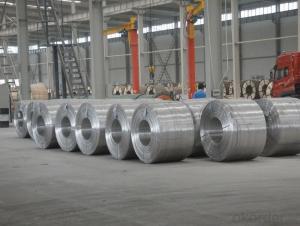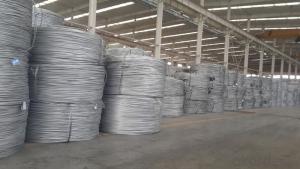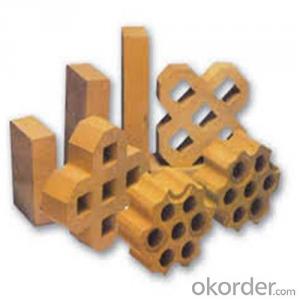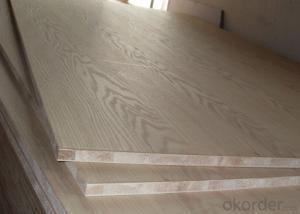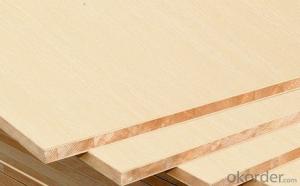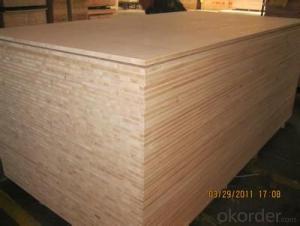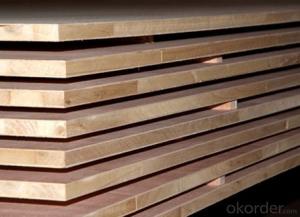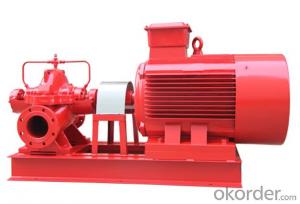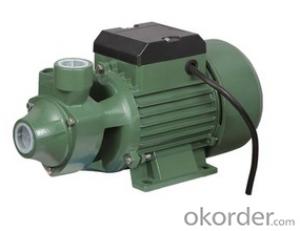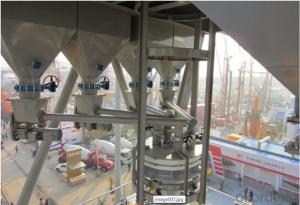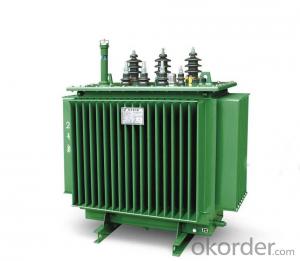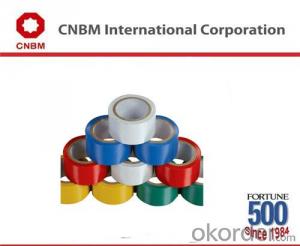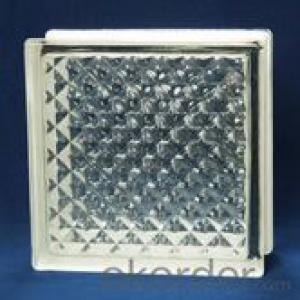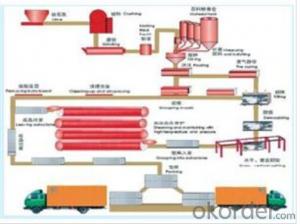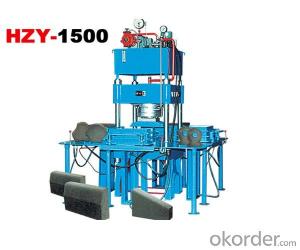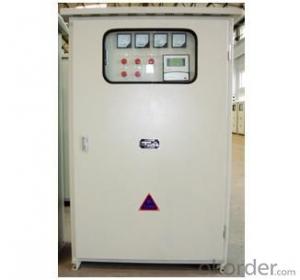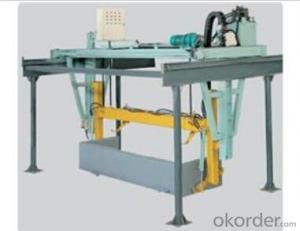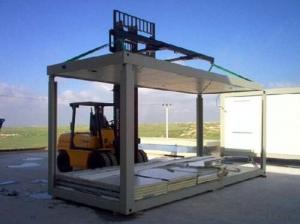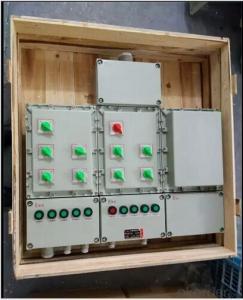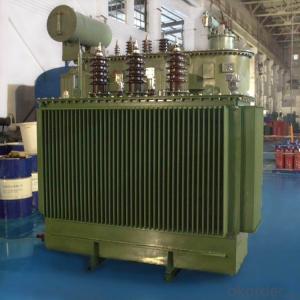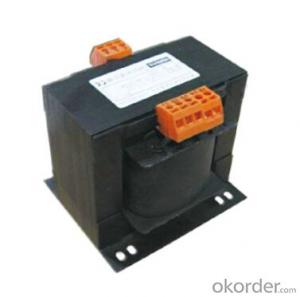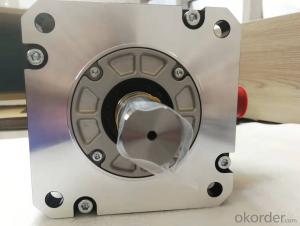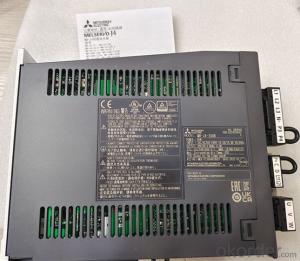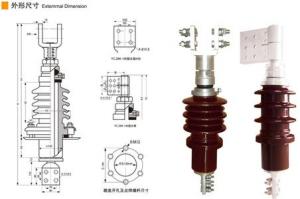Electrical Distribution Block
Electrical Distribution Block Related Searches
Aluminum Electrical Wiring Aluminium Modelling Mesh Electrical Panel Accessories Aluminium Formwork Singapore Kumkang Aluminium Formwork Camper Electrical System 1 Inch Threaded Rod Non Electrical Equipment Electrical Energy Generation Electrical Safety InspectionHot Searches
Pedestal Fan With Water Spray Price Mini Inverter With Battery Online Shopping Induction Cooker Coil Price Cost Of Electrical Wire Per Foot Electrical Equipment Price List Next Induction Cooker Price Home Depot Electrical Wire Prices Buy Electrical Wire Online Electrical Cable Types Wholesale Electrical Parts House Electrical Wiring Types Electrical Equipment Company Petaluma Electrical Wholesalers Used Electrical Wire For Sale 6 3 Electrical Wire For Sale Used Electrical Cable For Sale Cost Of Electrical Wire Per Foot Electrical Equipment Price List Home Depot Electrical Wire Prices Buy Electrical Wire OnlineElectrical Distribution Block Supplier & Manufacturer from China
Okorder.com is a professional Electrical Distribution Block supplier & manufacturer, offers integrated one-stop services including real-time quoting and online cargo tracking. We are funded by CNBM Group, a Fortune 500 enterprise and the largest Electrical Distribution Block firm in China.Hot Products
FAQ
- Hello friendsi need transformer for my project (regulated power supply) i need 220 50hz ac input and 3 volt 50hz out put ac voltage is this possible.what is wattage of that rating transformer?thanks a lot
- not enough information wattage is determined by the load demand and the efficiency of the transformer all we can tell for what you provided would be the step down windings turn ratios what is being powered on the 3 vac side of your project?
- I have a transformer 12v and 12v need to reduce these further to be able to grow or shrink the rotational speed electromotor.Which device or component would be used to reduce the speed of electromotor?I making a mini escalators
- A transformer has AC output, so first get DC, which needs a rectifier and capacitor. Following this is a voltage regulator using an LM317 (adjustable 3 terminal regulator). This can delivers ~1 amp. You should know what maximum current your motor draws under load. The first link is an example for 1.25V-15 V with an 18V transformer. Use a 12V transformer, and a 1000 ohm potentiometer as a variable resistor instead of 2000 ohms (R2). This will give voltages from 1.25V to 7.0V DC. Use the formula to calculate other resistors for a different voltage. Get the LM317 in a TO220 package, and you will need a heat sink, at least as big as in the picture. You can probably find a kit of parts for this in an electronics shop.
- Does anyone have any knowledge or experience with what happens if you try to run two different power supply transformers from the same AC line input. Can you do that? I have one transformer with a primary DC resistance of 28 ohms. I have a second transformer with a primary DC resistance of 265 ohms. I want to run these two transformers from the same AC power cord input. I tried connecting their primaries in series across the AC cord input, and the resulting secondary outputs from both transformers were lower than expected for a no-load condition. I am a little concerned about trying to connect the two transformer primaries in parallel.Any ideas?
- Connecting two or more transformer primaries in parallel is no different from plugging two or more electronic devices into the same outlet or power bar. Just be sure you understand what you are going to connect to the secondaries and how to construct your circuit properly.
- Hope to engage in the transformer predecessors to answer. I hope you help me introduce a little more recommended information better
- Oil-immersed power transformer is one of the company's leading products, the original Ministry of Machinery Industry planning in Shandong Province, 220kV and below the production of the only key power transformers. Product voltage level 6 ~ 220kV, capacity 30 ~ 360000kVA, including 23 series, more than 200 varieties, more than 1,400 kinds of specifications, the technical performance indicators all meet the national standards and the International Electrotechnical Commission standards. The company has designed and manufactured the first domestic 110-kilovolt 31500 kVA three-coil aluminum transformer. Since the 1982 production of 220kV transformer, the product has been used in sunshine, Taizhou, Jiangxi and many other national key projects
- i heard a new was coming out ,i hope so ,the first two rocked!!!
- Transformers 3 is estimated for a July 1, 2011 release.
- I read something somewhere once about using small mains transformers as substitute speaker transformers in valve circuits.Suppose I have a 6-0-6V transformer with a 240V primary. That gives a 20:1 turns ratio. So if the secondary is putting out Vs volts at Is amps into 8 ohms, then (neglecting losses) the primary will have 20*Vs volts across it and Is/20 amps through it. But we know that Is Vs / 8; so the primary will appear to have an impedance of (20 * Vs) / (Vs / 160) 3200 3.2k ohms.Am I thinking right? Or will the presence of DC in the primary ruin everything?I'm thinking of using an ECL82 (aka 6BM8) for my first project, as that has both a triode and a pentode with separate cathodes and seems to be available still. Is this a good choice?
- Single-ended audio output transformers are specially designed with a small gap in the iron core material to prevent the DC plate current from saturating the core with magnetic flux. Power transformers do not have this gap (they would burn up if they did). Push-pull audio output transformers do not have the gap, because the flux due to the DC current flows in opposite directions toward both plates, thus cancelling out their respective fluxes in the core. It is technically possible to use a power transformer as a push-pull output transformer and your calculations are basically correct for impedance, voltage, etc. The HV output windings of most power transformers are usually split so, you could use the HV windings for the plates and the filament windings for the speaker. But, again, it cannot be used in a single-ended application. Furthermore, power transformers are designed for efficient power transfer at 50/60 Hz without regard to frequency response. Audio transformers are designed specifically for a wide (audio) bandwidth. You might get good bass with a power transformer as an output transformer, but that's about it. Bottom line: you really need a single-ended audio output transformer designed for the tube you plan on using and the power level you plan on producing. .

